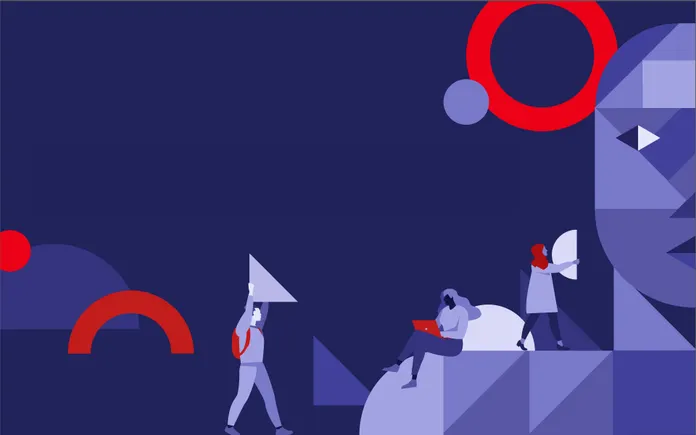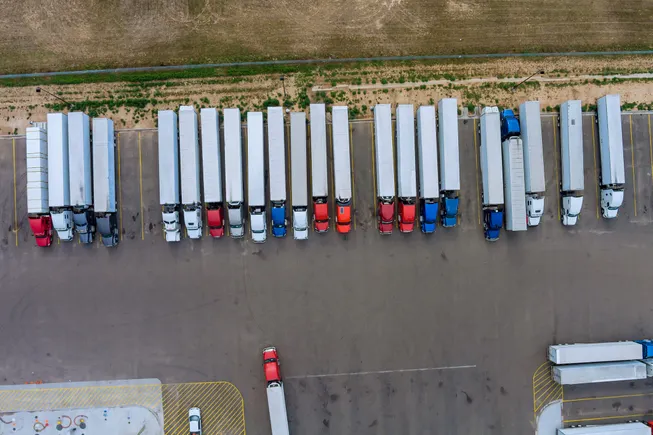Some jobs are inherently more challenging than others, due to higher stress levels, degree of physical and mental risk, and overall responsibility. Roles in industries like logging, fishing, construction, and mining top the list for risk of personal injury. Firefighters, corrections officers, pilots, and police officers face dangers that threaten their safety and the public’s well-being. Many of these professionals are repeatedly exposed to trauma, even when they are not directly involved.
Although many organizations are working to increase safety in these roles, it is impossible to remove every aspect of risk. The stress of working in these positions, with the constant exposure to trauma and the threat of danger, takes a toll on employees — both physically and mentally. Over time, this stress can have a cumulative impact, not only on individual employees but also on the organizations they serve. Research shows the effects of workplace stress and the scope of impact (see chart below).
| Effects of workplace stress | Scope of impact |
| Stress is prevalent and growing. | 77% of workers are stressed. 43% of people felt more anxious in 2024 than in the two previous years. |
| The demanding nature of these roles often leads to burnout, prompting employees to leave their positions more frequently. | 40% of turnover is due to stress. |
| Chronic stress and trauma can impair an employee’s ability to perform their duties effectively. | 57% of workers feel negative effects of workplace burnout, including: 20% lower productivity, 26% feel unmotivated. |
| The combined effects of high turnover, reduced performance and lower productivity can ultimately lead to a decline in organizational revenue. | Stress costs U.S. industries $300 billion/year. |
Importance of building employee resilience
Even as employers address the risk and stress inherent in the jobs, they must also ensure employees have the skills, tools, and resources to manage those challenges. Employers must help build employee resilience.
According to the BMC Public Health, resilience is commonly defined as “the ability to recover from adversity, conflict or failure. It can also apply to positive events, progress and increased responsibilities. So, resilient employees have better awareness and ability to be more flexible, improvise, and adjust quickly to change.”
Lynsey Psimas, Ph.D., Director of Business Development, Government & Public Safety at Pearson Clinical Assessments, says resilience is key in helping employees handle stress, reduce burnout, and have greater job satisfaction. “Employers can create a resilient workforce, which is especially essential for those in high-stress industries,” she explains. “With the right support systems in place, organizations can provide internal and external assistance to help employees manage pressure effectively and maintain productivity. ”
How to hire resilient employees
Creating a resilient workforce starts with identifying job candidates who can handle the significant demands of the role. “There are screeners that can measure resilience,” Psimas says. “Beyond pre-employment screening and background investigations, quantifiable mental health measures can help identify a candidate’s level of resiliency.”
Psimas adds that widely respected psychological assessments, such as the Minnesota Multiphasic Personality Inventory-3 (MMPI-3) or Multidimensional Personality Questionnaire (MPQ), can help measure personality traits and temperament. In conjunction with other hiring information, this data can help companies make more sound hiring decisions for high-stress jobs.
Strategies for supporting resilience in employees
Hiring qualified, resilient employees is just the beginning. The next step is to support them. But how?
“That’s the $30 million question,” says Joshua Vitale, the founder of Project BUILT and a managing principal with Consulting Collaborative, where he helps high-risk industries design and implement human-centered success strategies.
Vitale indicates that, although organizations have increased their attention on the physical and mental toll chronic stress imparts, change and results are slow. While no one has developed a perfect solution, Vitale and Psimas agree that organizations can use a variety of approaches to build a culture that normalizes prioritizing mental wellness.
Psimas explains how assessments benefit employees, even after being hired. When an employee seems to be struggling (e.g., absenteeism or poor work performance) after a traumatic work incident or during significant organizational changes, assessments can help gauge employee needs and help leaders determine the best support to offer.
Besides assessments, other tools include:
- Employee Assistance Programs (EAPs). It is vital to ensure that employees know about these internal resources and how they work.
- Mentoring and support groups. These groups help employees connect and share experiences, establishing connections that build resilience.
- Leadership training. Companies should look for leadership training to help managers and supervisors better address employee mental health issues.
- Dedicated mental health support organizations. Vitale suggests seeking out organizations offering employees tangible skills to develop and maintain resiliency, such as Project BUILT or The Wounded Workforce.
He adds that companies can build and support resiliency day to day. “Give people opportunities to take time off. Bring in their families.” Vitale says this aspect was especially important in jobs like construction, where workers may leave home to move to the current job site locations. He notes that companies should be flexible when possible, such as letting salaried employees establish their own hours.
Tracking resiliency efforts, committing to a healthy workforce
Companies need to address resiliency. It is also essential that they determine the effectiveness of their efforts. “You have to have some kind of key performance indicators (KPIs),” Psimas says. “If you’re using assessments to guide hiring decisions, KPIs should focus on things like job performance and retention rates.”
Pulse surveys can also provide a snapshot of employee sentiments regarding resilience. Additionally, employee data — e.g., turnover, accidents, incidents, absences, illnesses, and suicides — can help inform companies of progress and areas of concern.
Developing a resilient workforce and creating a culture that supports them will require commitment and steadfast effort. The results may take time to grow, but they will be worthwhile: a workforce of healthy, resilient employees who are engaged, productive, and contribute to the company’s mission.
For more resources on supporting employees in high-risk, high-stress roles, check out Pearson’s dedicated HR Professionals page.






Leave a Reply